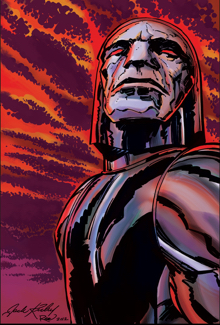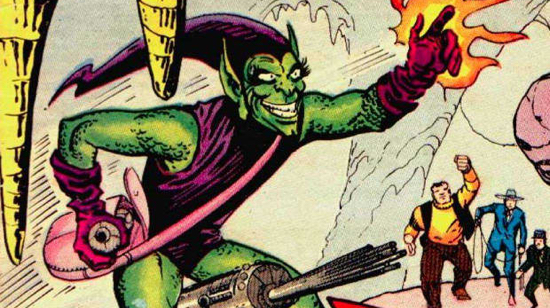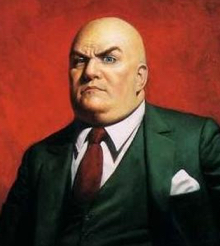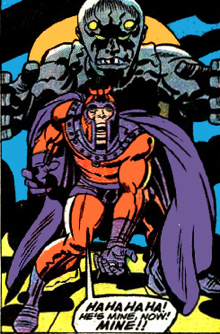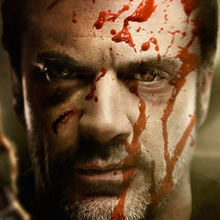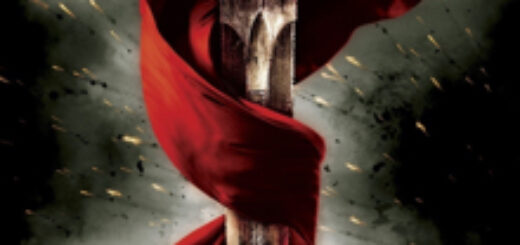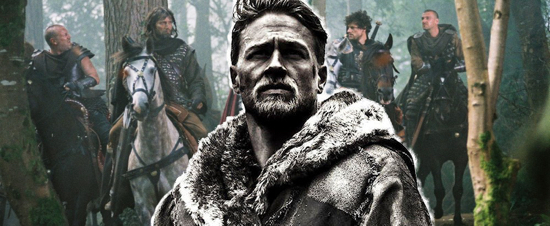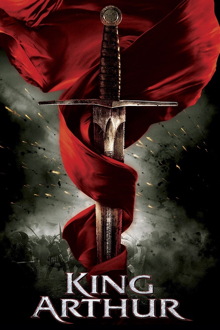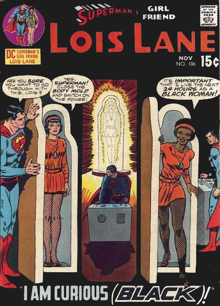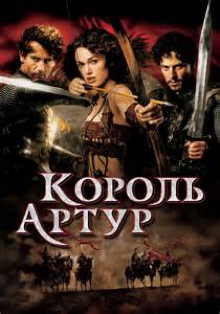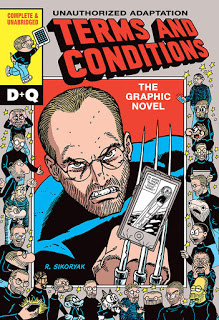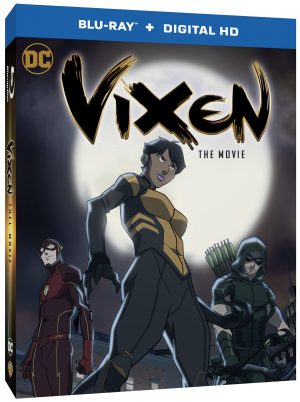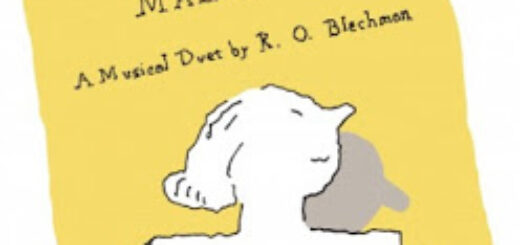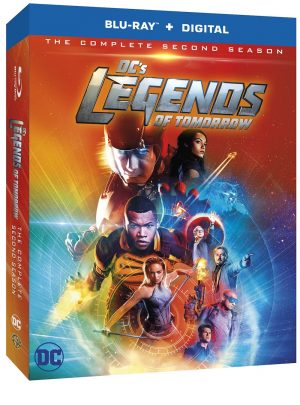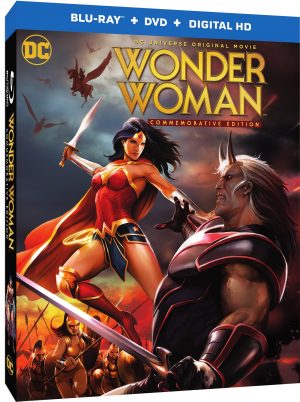Michael Davis: Milestone Is Dead
1993
More than 20 years ago my swagger caused a rift between DC Comics and myself and that caused problems between DC and Milestone.
The pressure was put on Milestone to silence me. Silence me from what you ask? Calling DC Comics on their shit is what.
I gave up a significant income to concentrate on Milestone. DC was in breach of my deal, and as a result, I lived more than a year on my savings waiting for these people to pay me.
I did well, and my lifestyle conveyed that. My wife and I moved three times in just as many years. Our space got more luxurious until I found a loft, so dope (throwback slang it means fucking fantastic) thought I’d never want to leave there.
How dope?
If Milestone wanted to impress anyone those meetings took place in my new loft. That lifestyle was not because of comics my principal revenue source was from my work as a mainstream illustrator and speaker.
It’s important to the story to remember my standard of living when I decided to be part of Milestone. Yes, I would take a big hit financially to follow Denys’ dream, and I did so willingly as did Christopher Priest, Derek Dingle, and Dwayne McDuffie.
Priest left for an editorial gig at DC. Derek, Dwayne, Denys, and I stayed. We all signed pay or play agreements. Simply put, DC would guarantee income to the Milestone partners to sustain their standard of living in the event Milestone could not. Denys, Dwayne, and myself would be paid for our creative work on the comics and not take salaries. In other words, my “salary” would be for writing and drawing Static, Denys’ income was for illustrating Hardware and creating the Milestone covers, Dwayne from writing Icon and Hardware.
In the event, any partners had to utilize our ‘pay or play’ option DC had the choice of assigning us to work or just writing a check. Hence the meaning ‘pay or play’ either way they had to pay us for something or nothing.
While still in development a young artist in my mentor program had gotten so good I suggested he draw Static. John Paul Leon’s unique style fit much better than my photo-referenced artwork. I was to move over to Blood Syndicate, that was perfect for me. I would still write Static but join Ivan Velez Jr. on Milestone’s super gang book, so both streams of income still in place.
Then walked in Robert Washington.
Robert was so much better than I for Static. His energy and ideas were simply incredible. I may have created the Static Universe, but no doubt whatsoever it was John and Robert’s world. Dwayne asked, and I readily agreed to let Robert do the first story arc.
My Milestone income was cut in half then cut to zero when the decision was made for Larry Stroman to draw Blood Syndicate. I worried not because I could always petition DC to use my pay or play and I did.
I never got paid, but DC did try to play me.
Unless you’re my wife or lover girlfriend or mistress fist date or Salma Hayek, you don’t get to screw me. DC tried by ignoring me for months the clear message was to make me leave.
Back in the day, I was sure DC’s problem with me was growing pains and after some time would be resolved. With the future in mind, I committed all to my role at Milestone and got to work
It’s more than fair to say I earned all that money DC didn’t pay Milestone to pay me. I worked tirelessly and was happy to do so.
Happy until I came home one day saw my wife sitting on the couch crying.
After years of telling her not to worry she allowed herself to believe we were not living beyond our means. That day she got a call from the bank she had bounced a check. I never told her about the Milestone money issue or how much less I would be making if. I had plenty of money in the bank and the pay or play so why upset her?
Just like that, it was a year later and that money in the bank all but gone.
My ex-wife is Cuban, first generation to be born in America. Her parents were wonderful, hardworking people who barely escaped Castro with their lives. They came here wanting nothing but a chance to give their children a better life in the greatest country in the world. I sat beside her explained what happened to all our money and promised to do whatever she wanted.
What she wanted was to leave the loft, which I LOVED but not nearly as much as her.
There were a million ways I could have kept that space. But I knew it wouldn’t matter if Ed McMahon showed up the next day with a Publishers Clearing House check for ten million dollars. To her, that loft was an extravagance we didn’t need.
The next day I told Derek Dingle to fix whatever fucking problem DC had with my deal. I was livid, and he knew I was a step away from calling those motherfuckers directly.
Derek resolved nothing; it got much worse.
It didn’t help voicing my indignation either. Doing so was putting Milestone in a less than ideal position. I was a pain. DC wanted me gone, and my three former partners were in no position to do anything but co-sign.
DC Comics got their way…or so they thought. When the word got around I was available offers came in from Disney Universal and Motown. I decided to go with Motown. But there was a hiccup. During my background check, a letter sent to Motown was meant to destroy my deal.
Business Affairs at DC sent a letter saying I was still under contract at DC. That was an outright LIE and sending that information was perhaps criminal. DC was given copies of my Milestone release which they happily signed off on it months before.
Knowing I had every right to negotiate with Motown, yet sending a letter stating I couldn’t, certainly looked unlawful. Illegal or not, that was an atrocious thing to do. Clarence Avant, then Motown’s Chairman of the Board, got the letter and phoned me, outraged.
The person who ordered that letter once again underestimated me. I assumed character assassination so my references were impeccable and all my contractual information was forwarded to Motown’s business affairs long before DC tried that shit.
Included was my release from Milestone. DC never paid a cent on my pay or play, they were in breach. Funny— it may have worked if they had not made my wife cry.
Why would DC and Milestone and kill my new deal if they wanted me gone?
Warner Bros. got wind of my Motown deal and sent a scathing letter to DC berating them for allowing me to set up a competing comic book company. After getting that rammed up his ass the power that was had to do something.
Let’s be clear CRYSTAL CLEAR. Yes, I just wrote that DC Comics tried to illegally prevent me from taking a position at Motown because of a directive from Warner Bros.
That’s slander if I can’t prove it. Think I’m worried?
Wondering why I won’t out by name the people at DC who disliked me so? What’s the point? They will never respond to anything, there is no upside for them to do so, and frankly, I’m not a cruel person.
Here’s the rub. I wasn’t going to do a comic book line. My deal was to develop film and television, but then someone at DC had to go and fuck with me. They put themselves in the position WB was pissed about.
DC is a different company now. I bear them no ill will. They were and still are my favorite universe.
2011
Reggie Hudlin, Denys Cowan, Derek Dingle and myself decide to honor Milestone’s greatest partner Dwayne McDuffie and relaunch Milestone. On a late February evening Milestone, 2.0 (M2.0) was born. That date is crucial, and not just because of the partnership.
2015
Milestone 2.1 announced to the world. Milestone is back! One of if not the biggest comic book stories of 2015.
I find out on that day I was no longer a part of it.
Since then, little has been heard. No press, interviews and no books.
I have no knowledge of the inner workings at DC or Milestone, nor has anyone at DC or Milestone ever told me ‘why’ I was excluded.
That said, here’s my two-cent conclusion.
Milestone 2.0, in my opinion, is dead for four reasons.
- Except for Denys Cowan, comics are not a priority for the partners.One partner runs a filmed entertainment empire, the other oversees a mainstream financial news publishing juggernaut. You think making comics is more important than interviewing the head of the Federal Reserve or producing the most famous award show in the world? Of the four of us, only Denys and I would answer yes.Comics is where we live and dream and have all our lives. Denys and I were more than just fans of comics we chose that as our life’s work and pursued it. There’s a massive difference between the other M2.0 founders and us.That’s not a dig, that’s a fact.
- The second reason Milestone is dead and why I wrote the events of 20 plus years ago is corporate bullshit like what happened to me. Someone at DC or Milestone is holding fast to a way of doing things and because of such everything stops until the problem is resolved or made to go away.Who do I think is holding up the deal by insisting things get done a specific way? Looking at the playing field, it’s obvious DC does not need Milestone that’s a fact. So much of the fact that DC just announced another push into diversity with Dark Matter.And the way they are doing it is gangsta.I may be wrong, but DC seems to be going after that diversity dollar with a wee bit of help from those who have come before and know how to do it.Lion’s Forge Comics has been vocal about their diversity for years. When Joe Illidge came on that kicked it up another level. Those in the know call Lion’s Forge ‘the Forge.’
In June 2017 DC releases, Dark Days: The Forge.
Most likely a coincidence as in the Dark Matter tagline: “Forged From Metal, the New Age of Heroes.”
The Black Age of Comics is the tagline for the East Coast Black Age of Comics and has been for almost two decades. It’s also the unofficial name for the movement within the Black comic space.
“Dark Matters” has a strikingly close ring to ‘Black Lives Matter. Now all of this is most likely coincidence.
You must admit it’s a little freaky.
What is certainly not a coincidence: Dark Matters is a major line with diversity at its core and Milestone isn’t mentioned anywhere. That’s a ‘we don’t need you’ if ever there was one, so it does look like the holdup is DC.
NOPE.
I don’t think so— for my money, it’s someone at Milestone and that brings me to number three.
- Milestone has no infrastructure. There’s no central hub no office no staff. Two of the partners have nice big spaces they work from, with employees but the work done there isn’t Milestone unless something has changed since I was involved.Also, one guy is doing movies; another guy is running a magazine, and he’s doing that from New York. DC is in Los Angeles, so any face to face must wait until they are all available.Denys Cowan’s is the only person whose business is creating comics, but with no central Milestone infrastructure behind him and his partner’s crazy schedules, there is no way in Hell he can do all that needs to get the deal done by himself.
January 2018 will mark three years since DC and Milestone made that historic announcement. That’s a long time, right? No. Not really. Not if you’re making movies and putting out magazines. But to the fans?
It’s a fucking eternity.
It’s also not correct. Milestone 2.0 formed in Feb 2011. The first meeting with DC was a few weeks after that.
January 2018 will mark SEVEN years since DC and Milestone had their first meeting. My thoughts on why Milestone is dead is conjecture. Those dates are real, and yes that’s a long time.
But to the fans?
It’s a fuck you.
I don’t think any Milestone partners feel like that. But with silence from Milestone, it may seem so. I haven’t talked to Denys, but I know this is killing him.
Hell, it’s killing me.
- The fourth reason I think Milestone is dead can also be the reason they don’t have to be.But that will have to wait until next time.

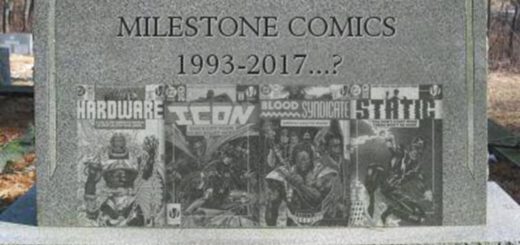

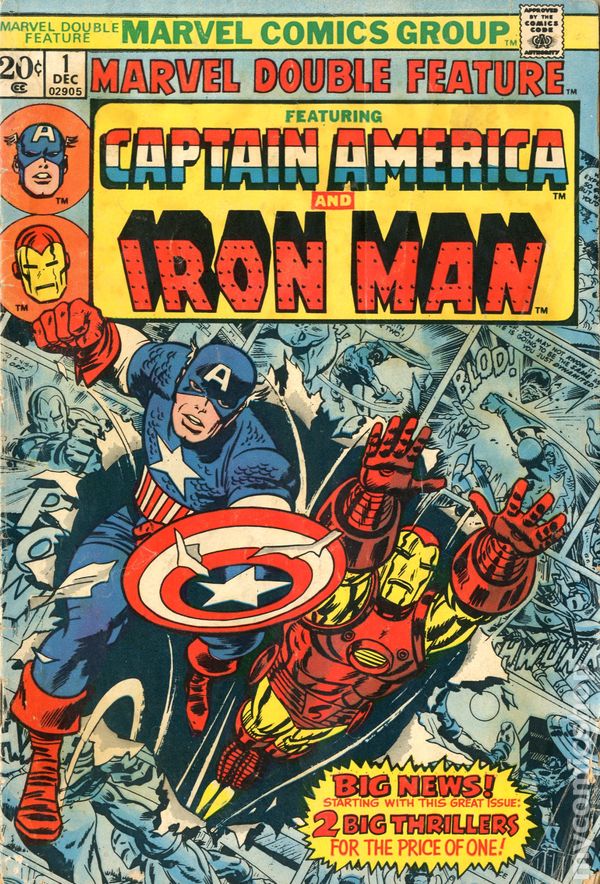
 When I was younger I would go to double features at the movies all the time; sometimes, even a triple feature. It was good value for the money; two movies for the price of one. We also had what was called second run theaters. These were more the neighborhood, smallish theaters that would show films after they had been in the larger theaters. There were even venues that would show old movies and change the program daily. This was before tapes or CDs were out and often were the only way to see old movies on a big screen (as God and Cecil B. DeMille intended).
When I was younger I would go to double features at the movies all the time; sometimes, even a triple feature. It was good value for the money; two movies for the price of one. We also had what was called second run theaters. These were more the neighborhood, smallish theaters that would show films after they had been in the larger theaters. There were even venues that would show old movies and change the program daily. This was before tapes or CDs were out and often were the only way to see old movies on a big screen (as God and Cecil B. DeMille intended).